MONREAL – Löwen- und Philippsburg
Monreal ist eine Ortsgemeinde im Tal der Elz im Landkreis Mayen-Koblenz im Land Rheinland-Pfalz, die der Verbandsgemeinde Vordereifel angehört und ihren Verwaltungssitz in Mayen hat. Oberhalb des Ortes liegen die Ruinen der Löwen- und Philippsburg.
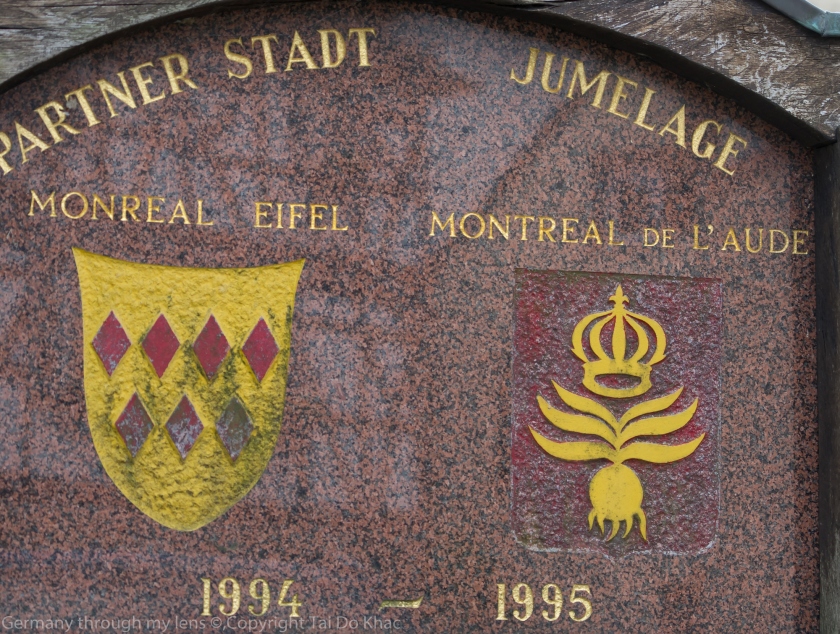
Die kleine Eifelgemeinde Monreal liegt im Tal der Elz und ist als die „Fachwerkperle der Eifel“ mit seinen zwei Burgruinen und der sehenswerten gotischen Kirche ein beliebtes Ausflugsziel für Touristen geworden. Im mittelalterlichen Kleinod Monreal, das zur Verbandsgemeinde Vordereifel gehört, leben heute knapp 900 Einwohner.


Monreal is a local church in the valley of the Elz in the district of Mayen-Koblenz in the state of Rhineland-Palatinate, which belongs to the municipality Vordereifel and has its administrative headquarters in Mayen. Above the village are the ruins of the Lion and Philippsburg.

Traumpfad „Monrealer Ritterschlag“: Vorbei an den vielen Monrealer Fachwerkhäusern, durch die Täler und dunklen Schluchten der Elz und Thüelz bis hinauf zu den Ruinen der Phillipps- und Löwenburg geht der „Monrealer Ritterschlag“, ein knapp 14 km langer Rundweg.
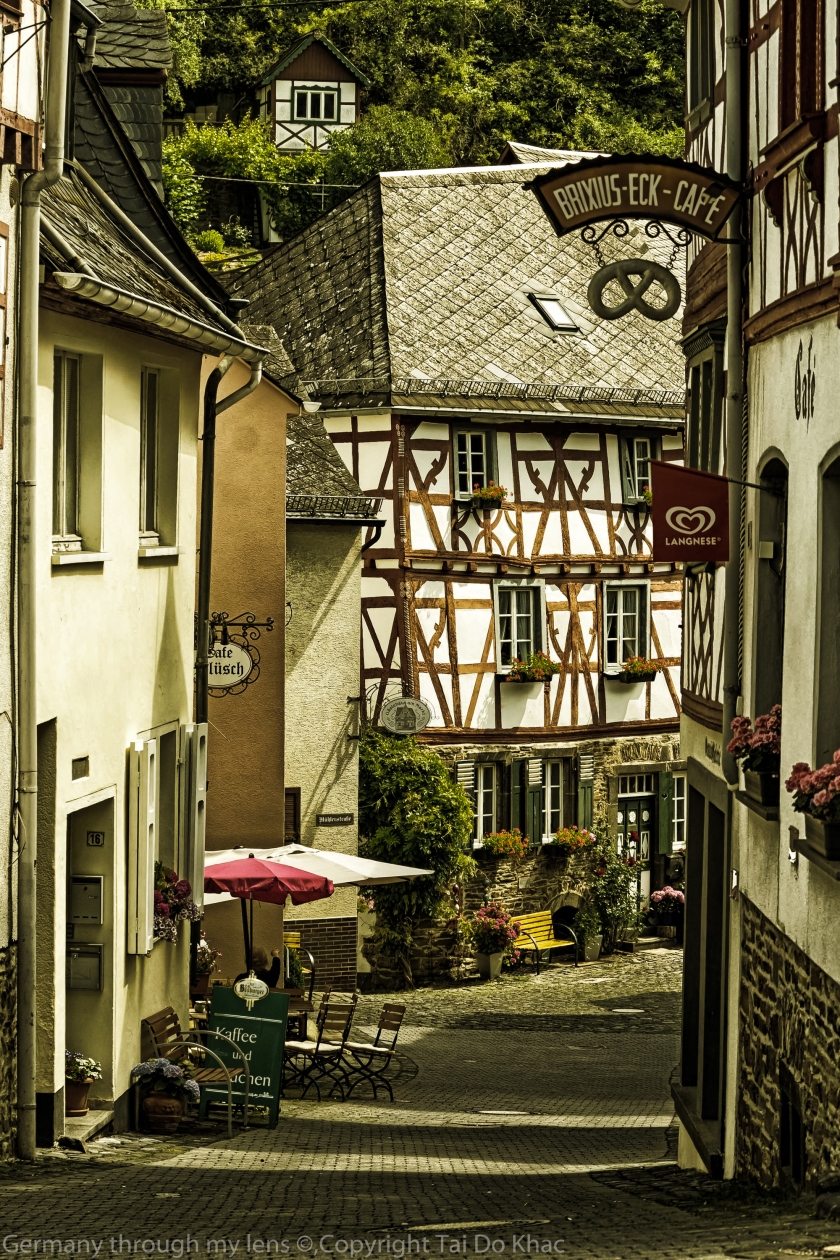
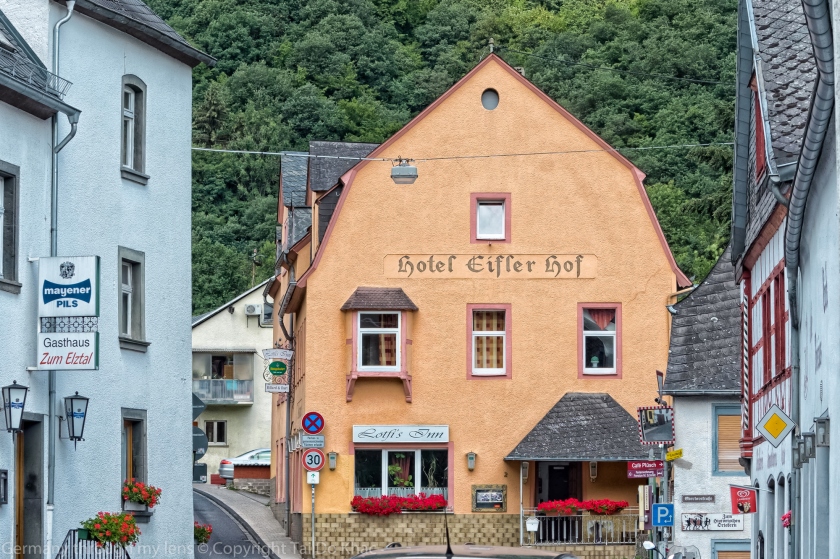
The small Eifel community Monreal is located in the valley of the Elz and has become as the „half-timbered pearl of the Eifel“ with its two castle ruins and the remarkable Gothic church a popular destination for tourists. In the medieval jewel Monreal, which belongs to the municipality Vordereifel, live today almost 900 inhabitants.


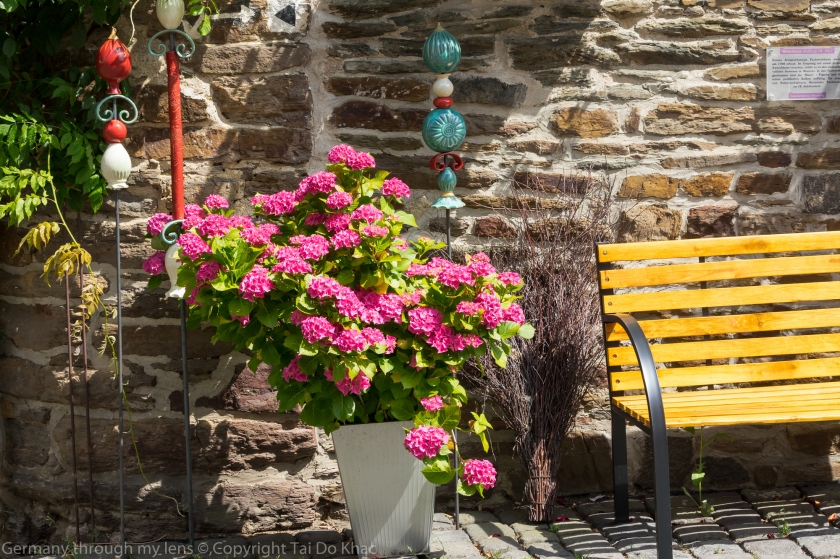

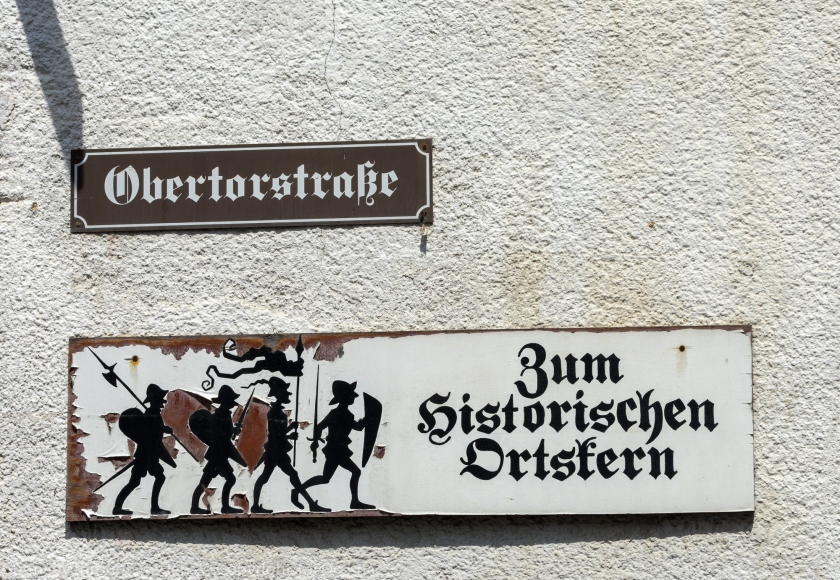
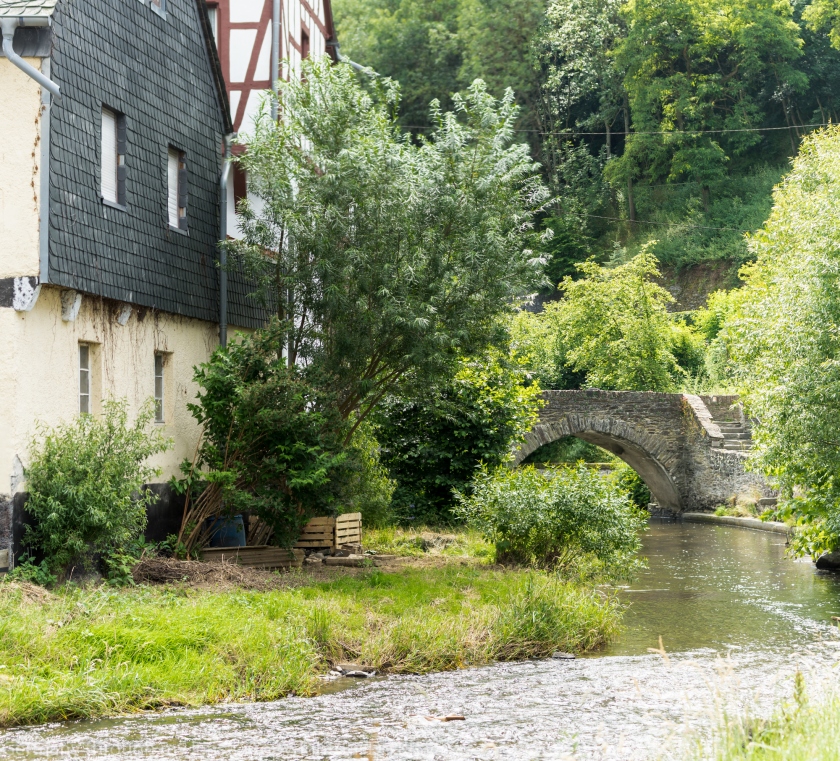
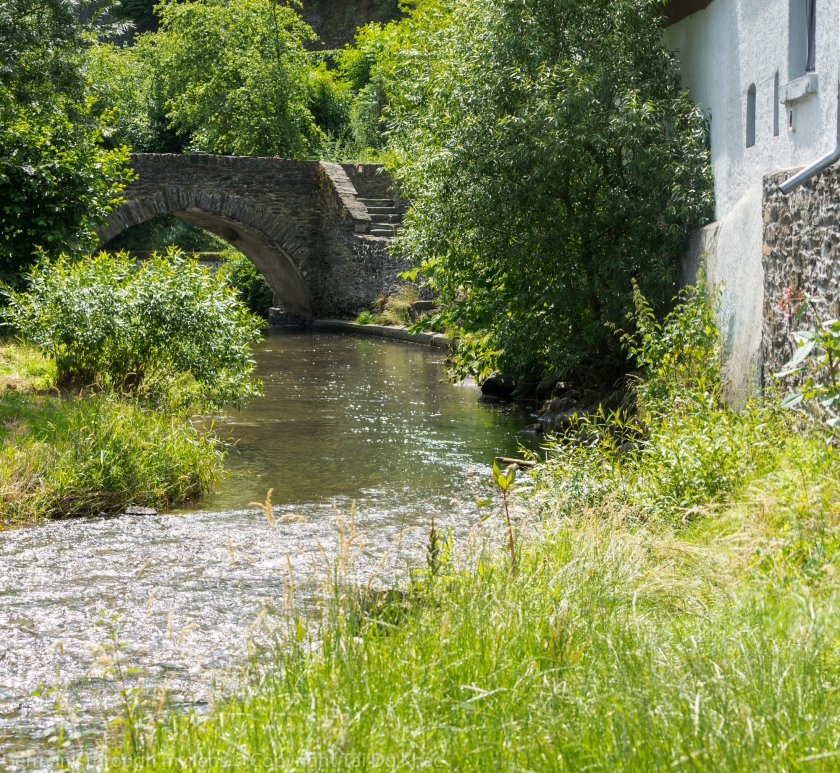
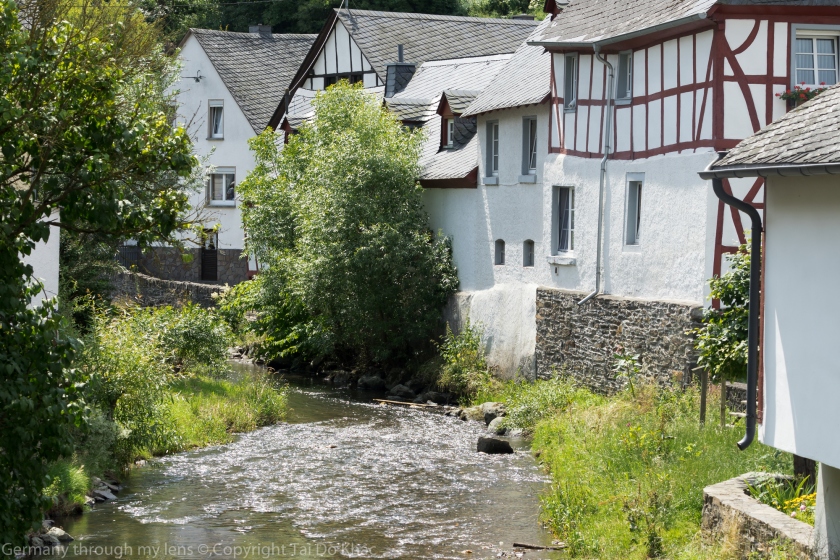
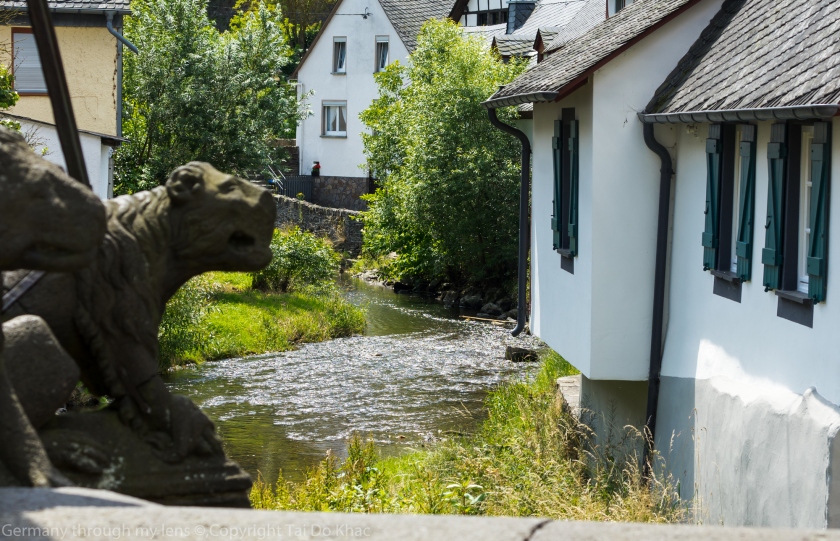

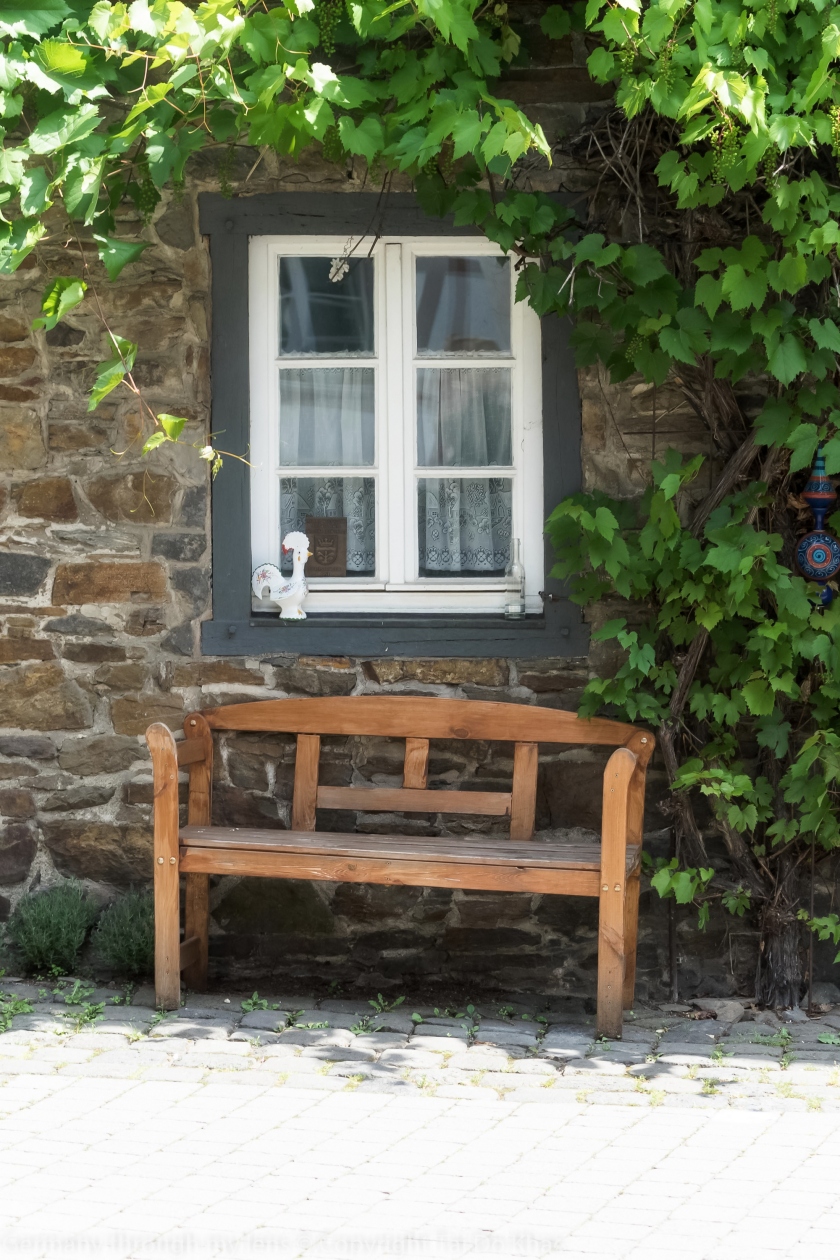
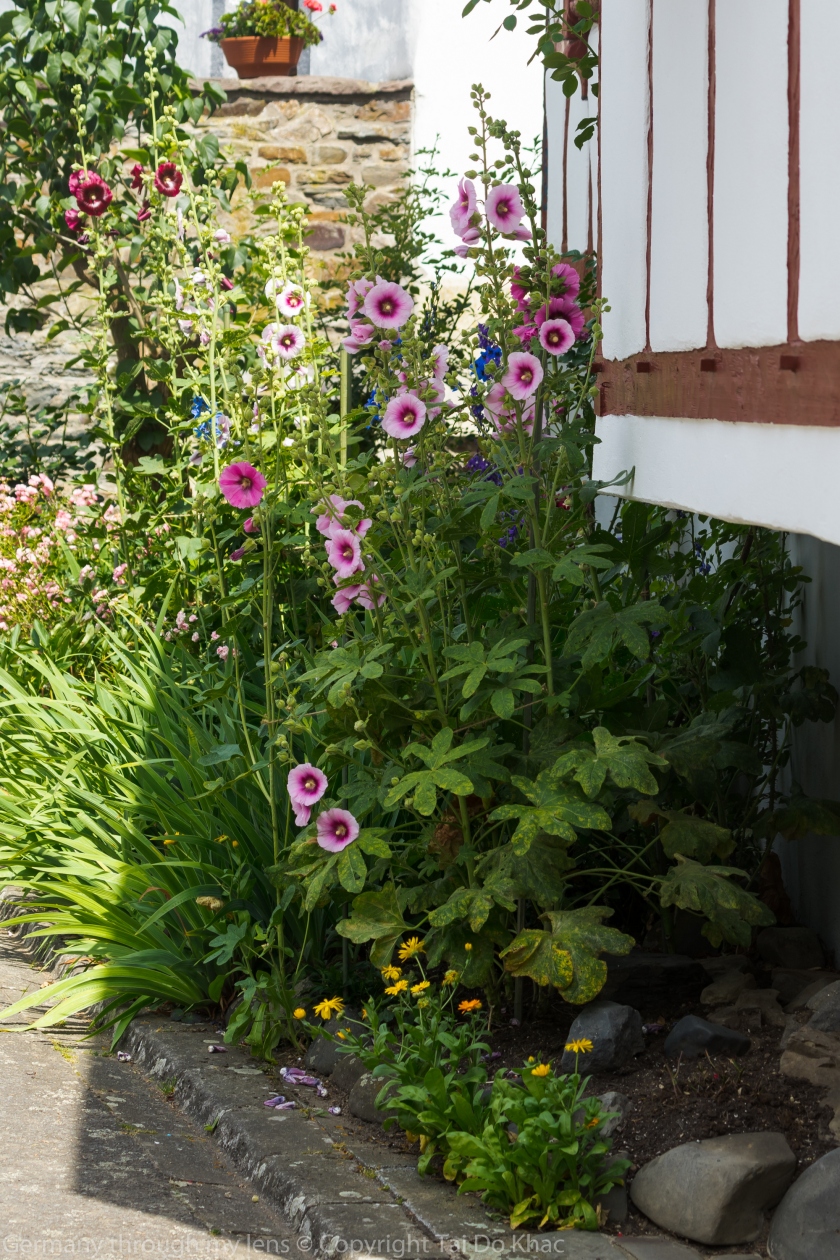
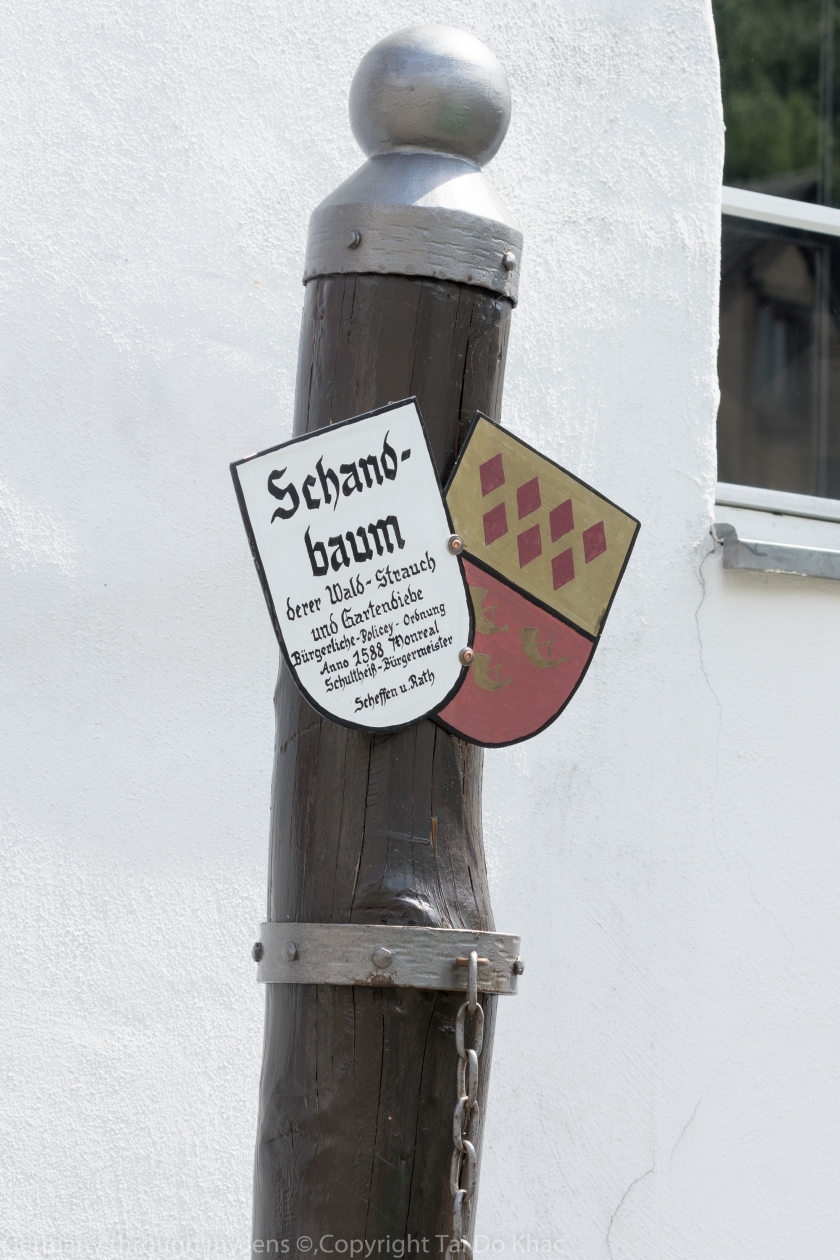
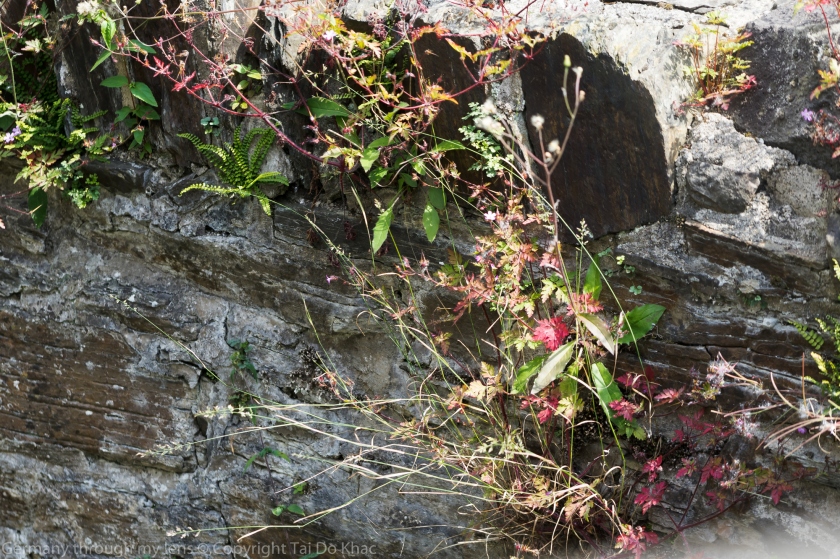
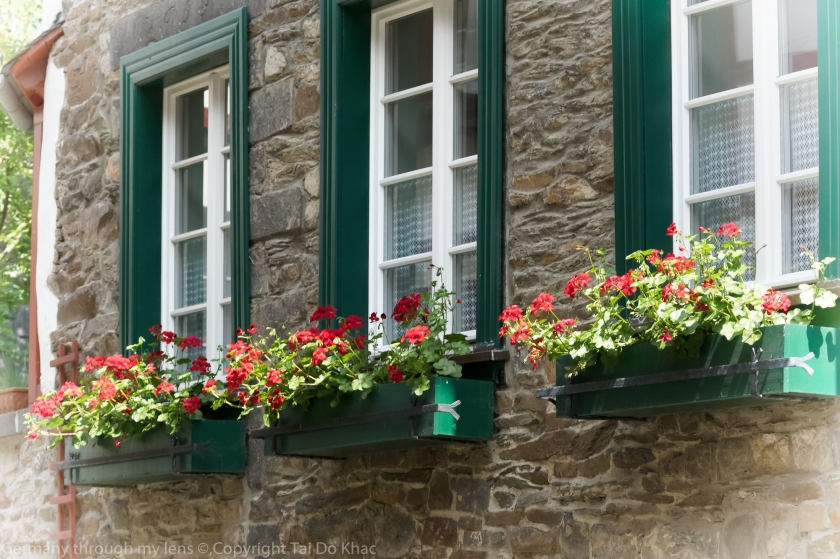
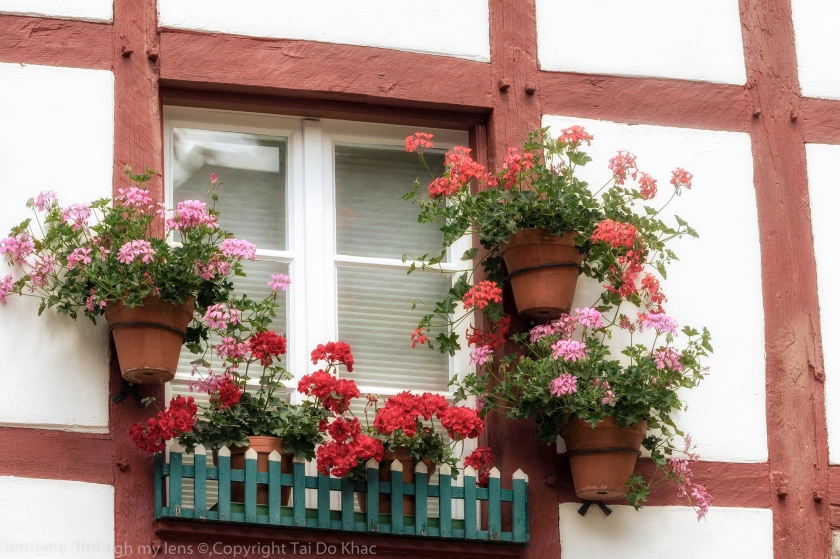
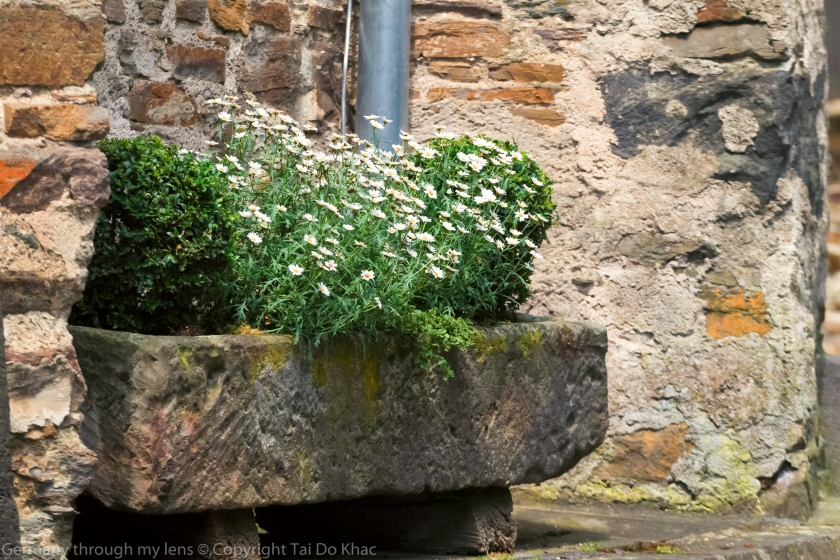

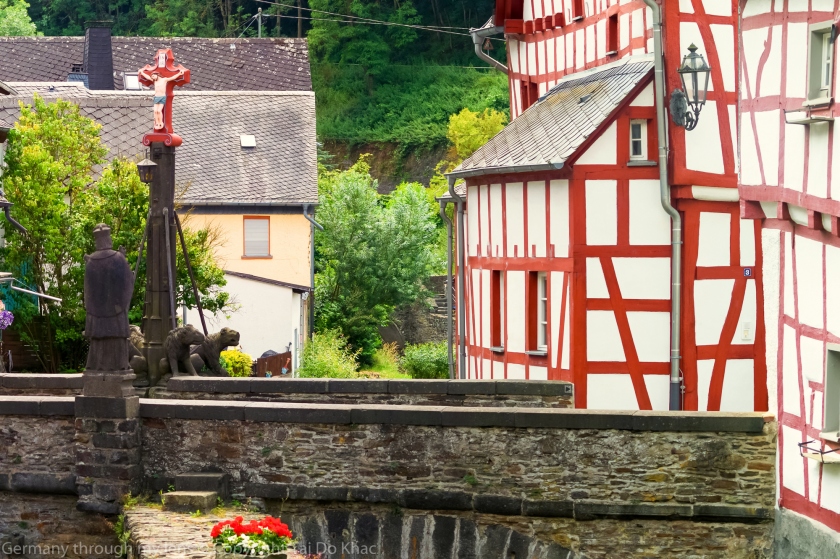
Dream Trail „Monrealer Knight Strike“: Past the many Monreale half-timbered houses, through the valleys and dark gorges of the Elz and Thüelz up to the ruins of the Phillipps and Löwenburg goes the „Monrealer Knight Strike“, a nearly 14 km long circular walk.
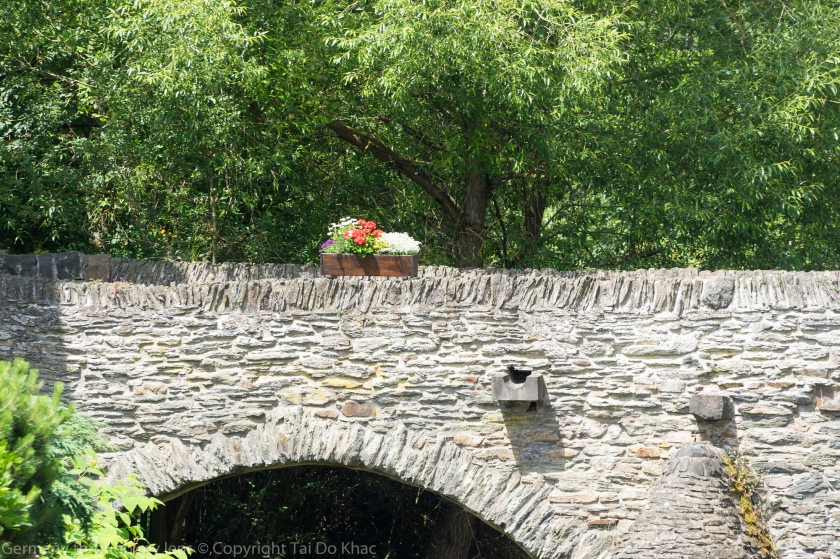

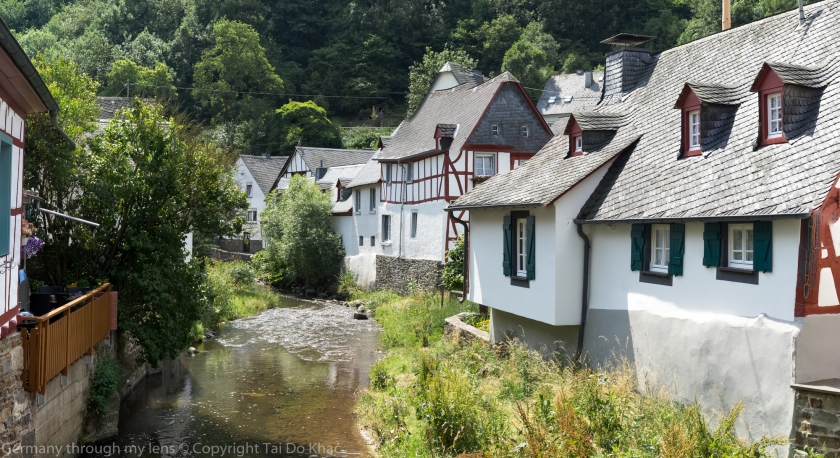


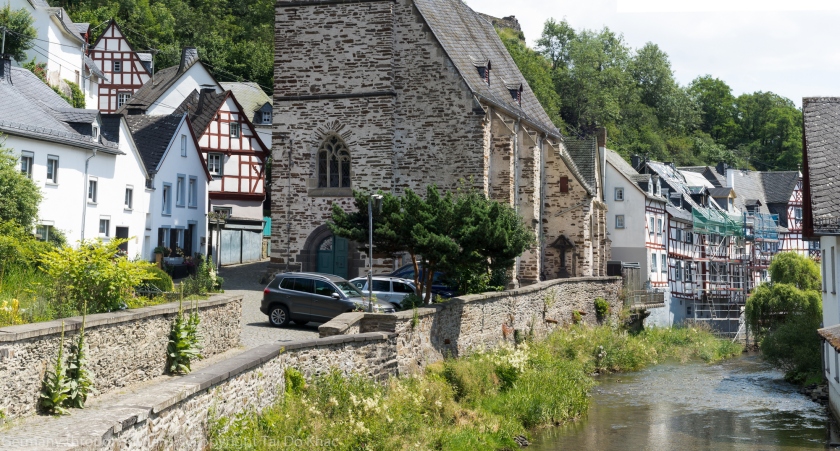

Die Philippsburg wurde ebenfalls im 13. Jahrhundert errichtet. Ihrer geringeren Größe im Verhältnis zum „Löwen“ verdankt sie im Volksmund ihren Beinamen „Rech“. Bezüglich ihrer Existenz gibt es zwei unterschiedliche Thesen: Die erstere geht davon aus, dass die Phillipsburg lediglich als Vor- bzw. Außenwerk der Löwenburg erbaut wurde, nach der örtlichen Überlieferung soll die Burg jedoch als „Antwort“ Philipps auf den unerlaubten Bau der Löwenburg durch seinen Bruder erfolgt sein.
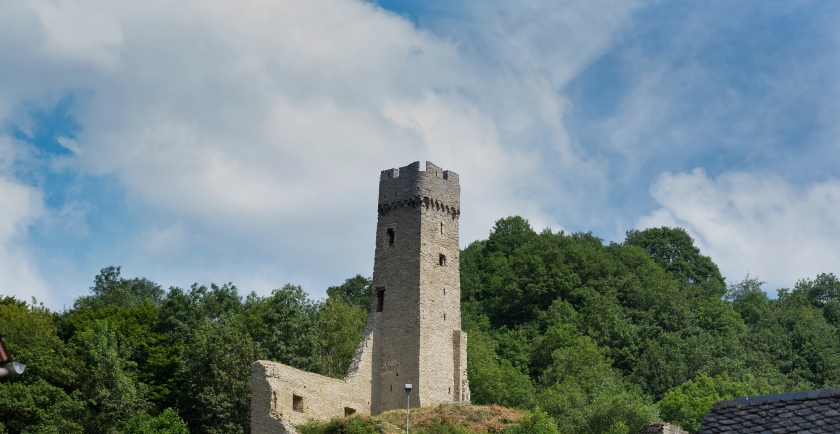
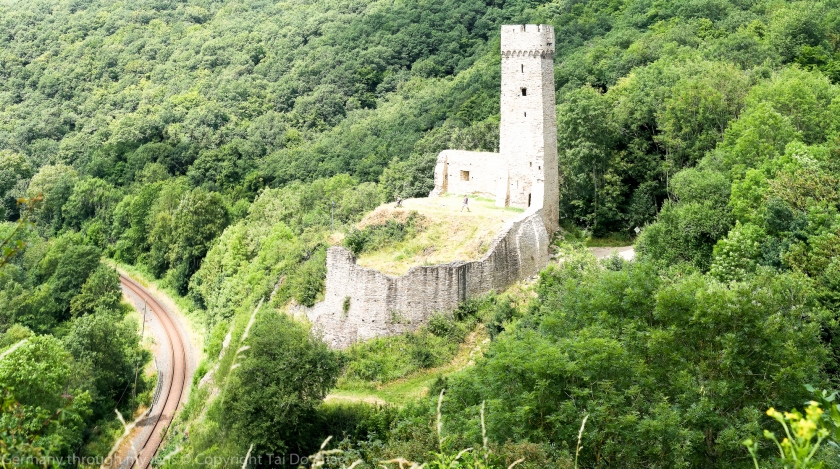
The Philippsburg was also built in the 13th century. Her smaller size in relation to the „lion“ she owes popularly her nickname „Rech“. In terms of their existence, there are two different theses: The former assumes that the Phillipsburg was built only as a foreground or outer work of the lion castle, according to local tradition, the castle but as „answer“ of Philip on the unauthorized construction of the lion castle by his brother has done.
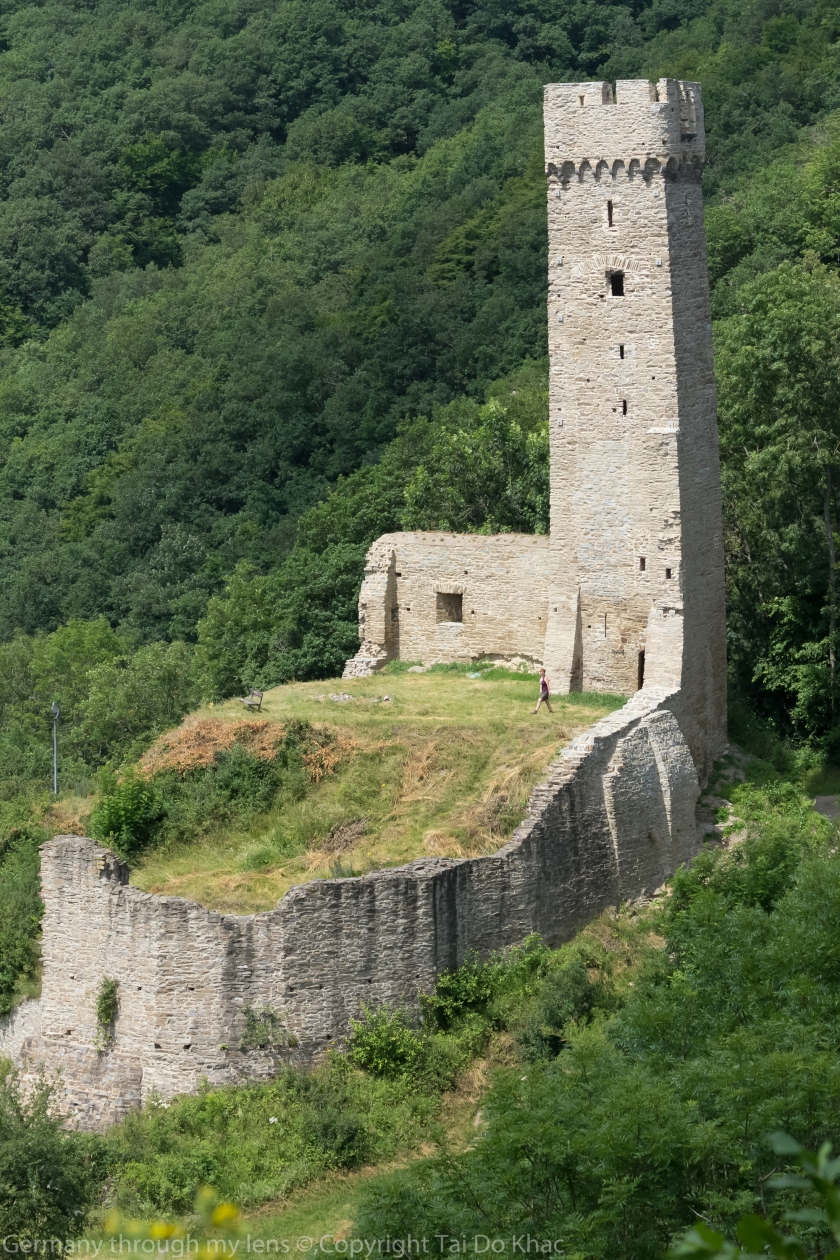
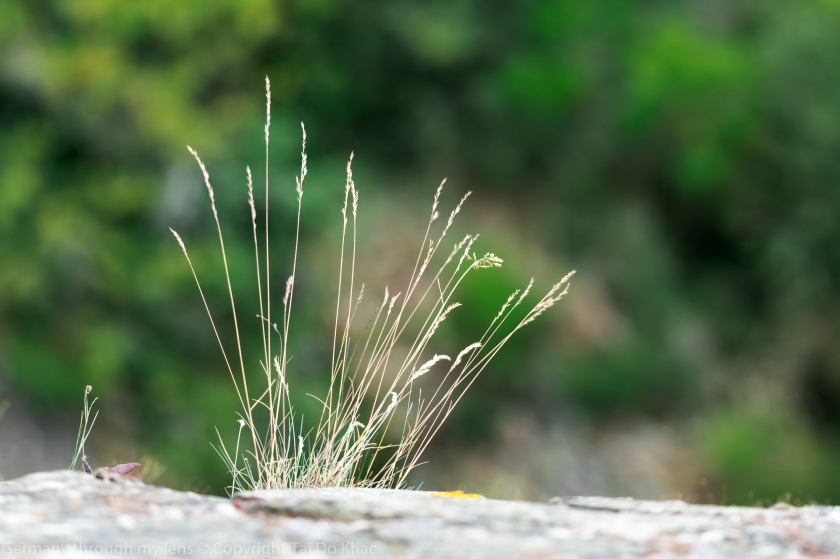

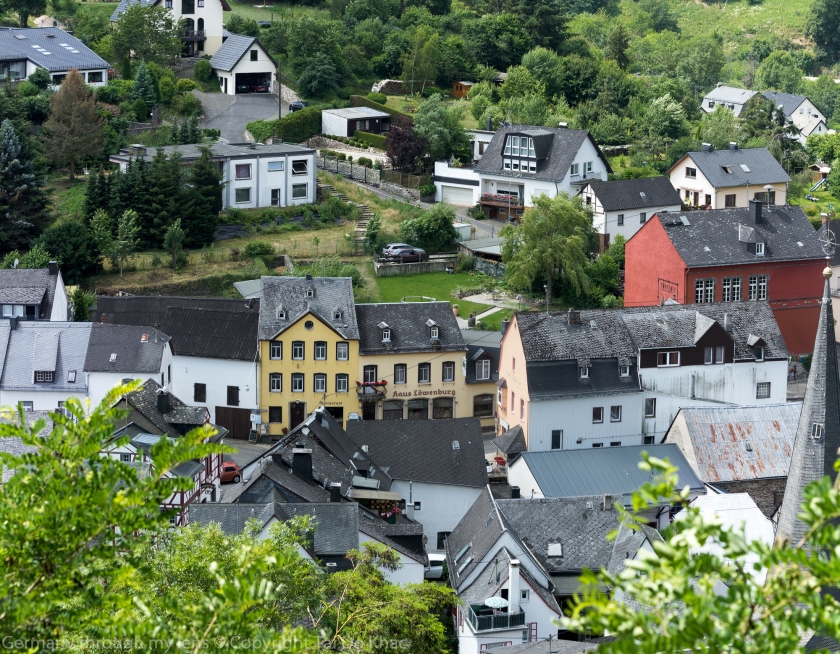

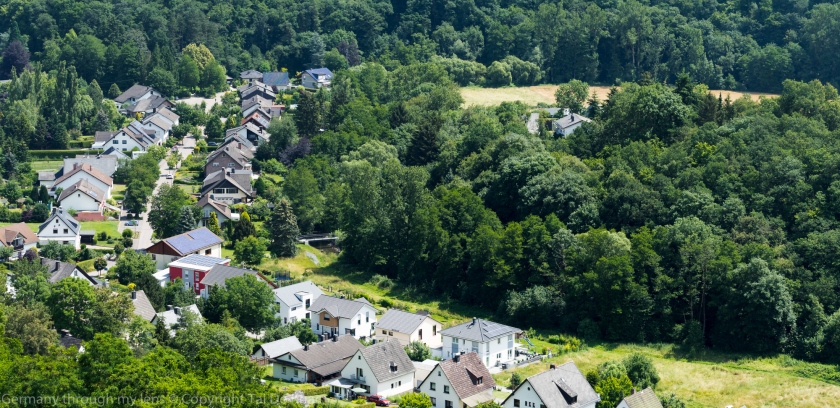
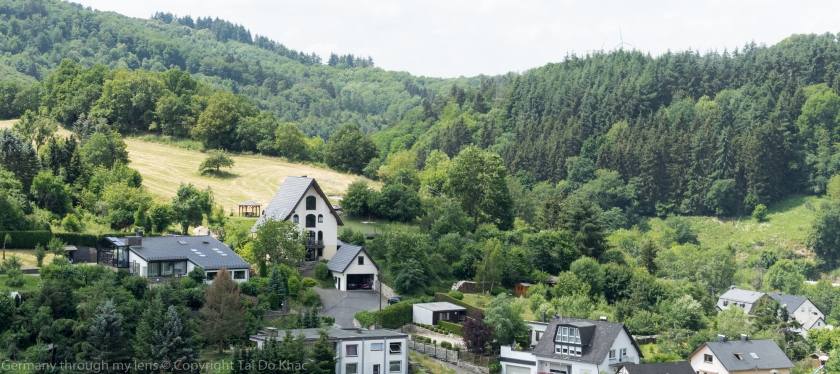
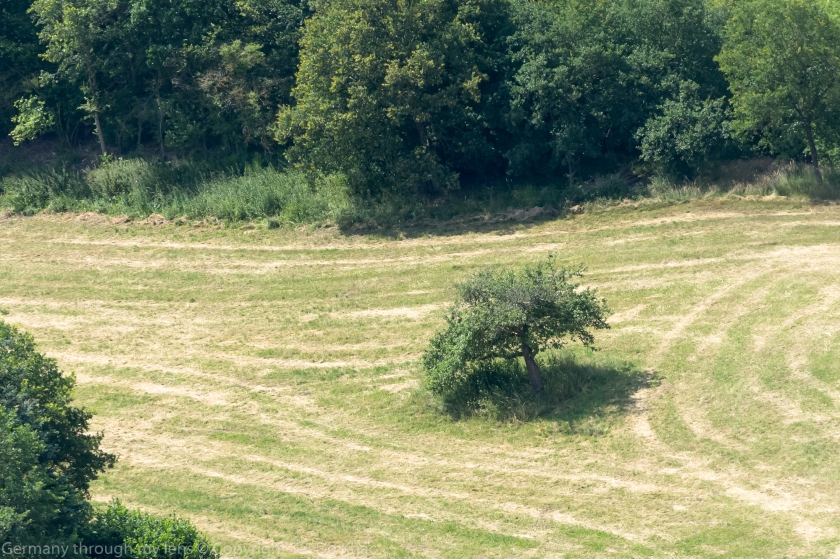

Löwenburg
Die Gründung der Burg erfolgte kurz vor 1229. Graf Hermann III. von Virneburg hatte die „Monroial“ genannte Burg in der Vogtei seines Bruders Philipp und mit dessen Zustimmung und Hilfe errichtet.
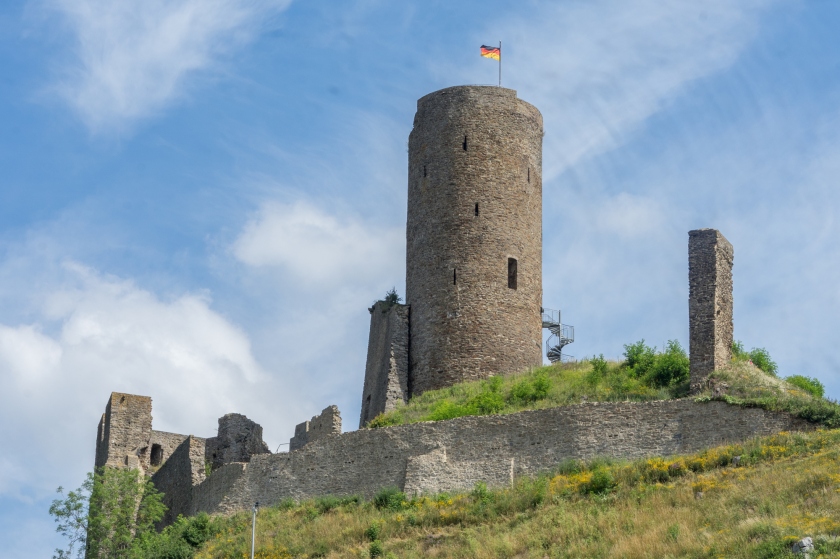
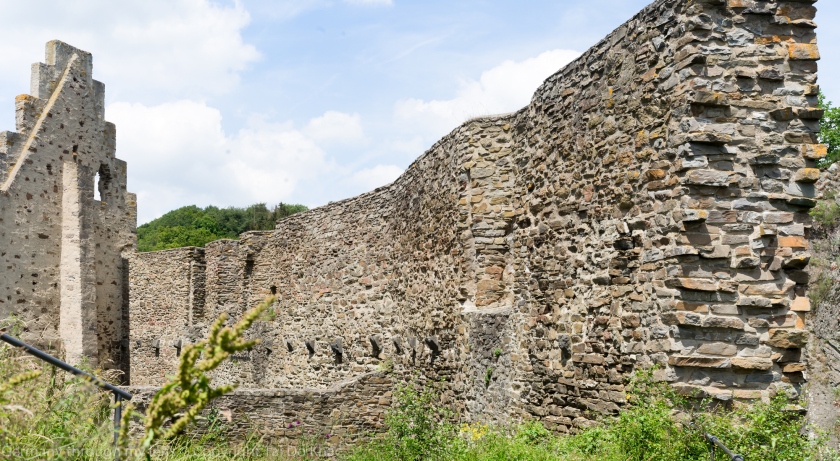
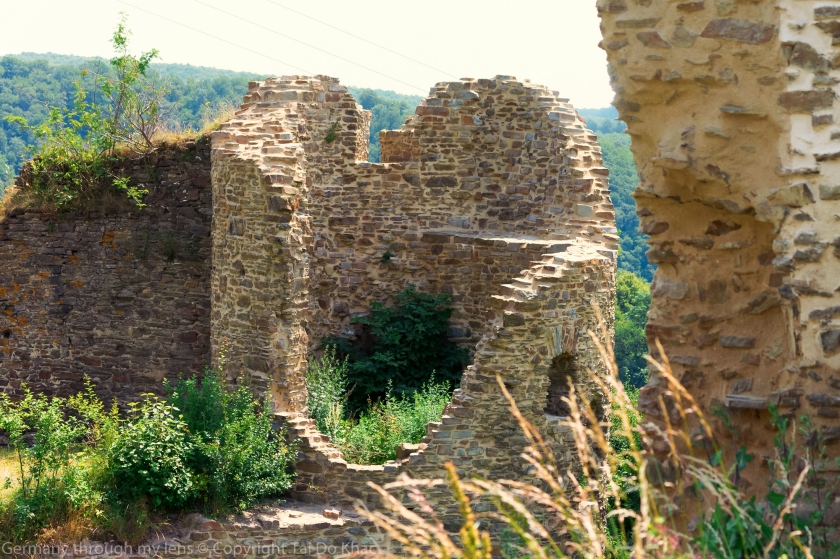
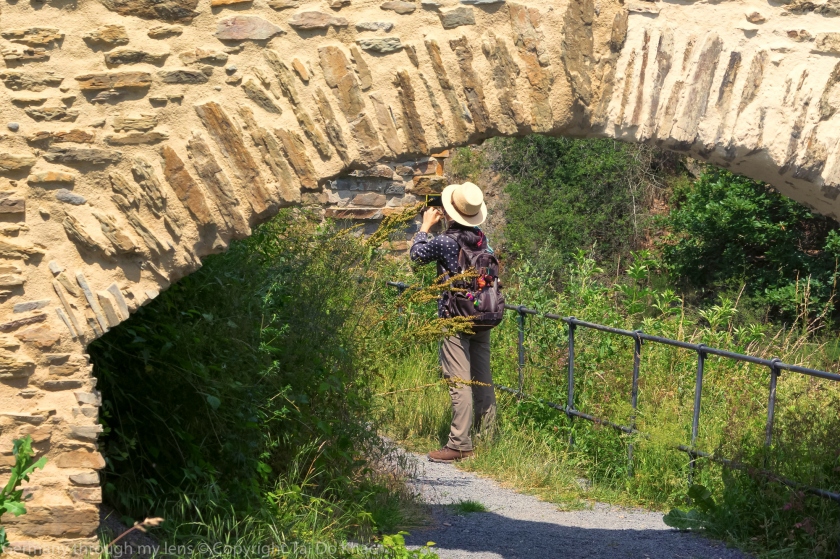
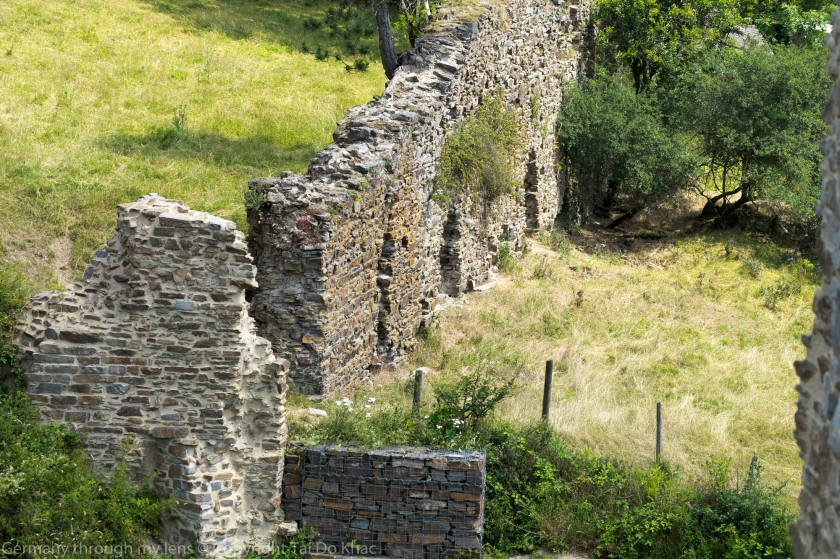


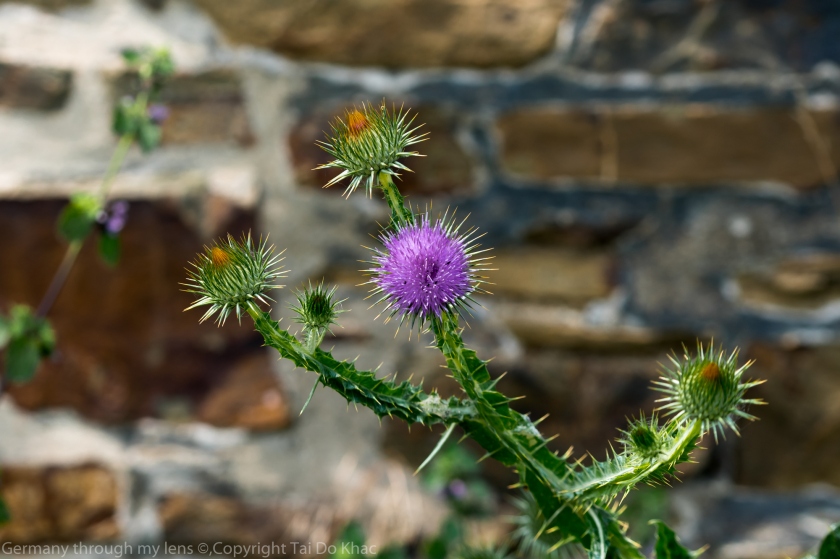
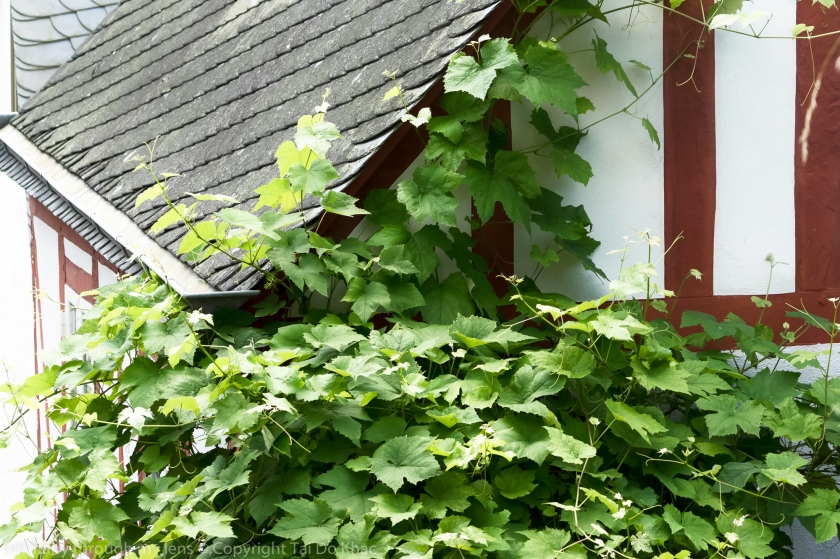
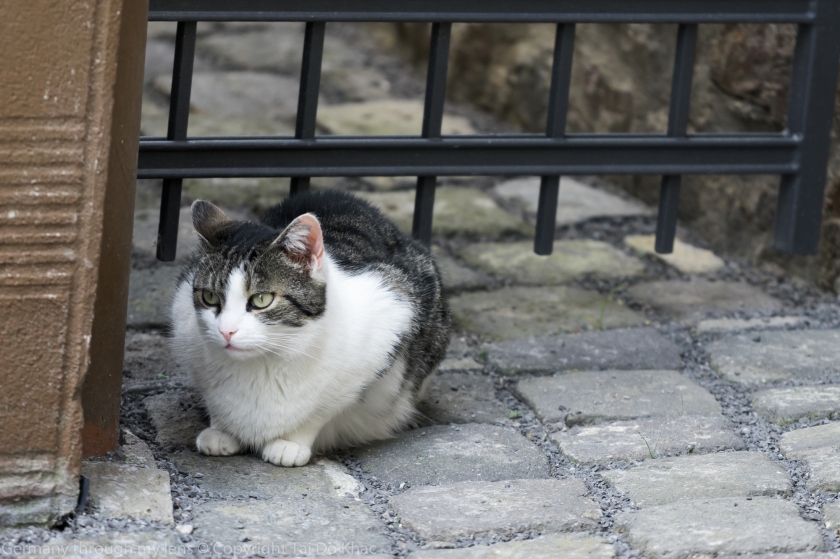
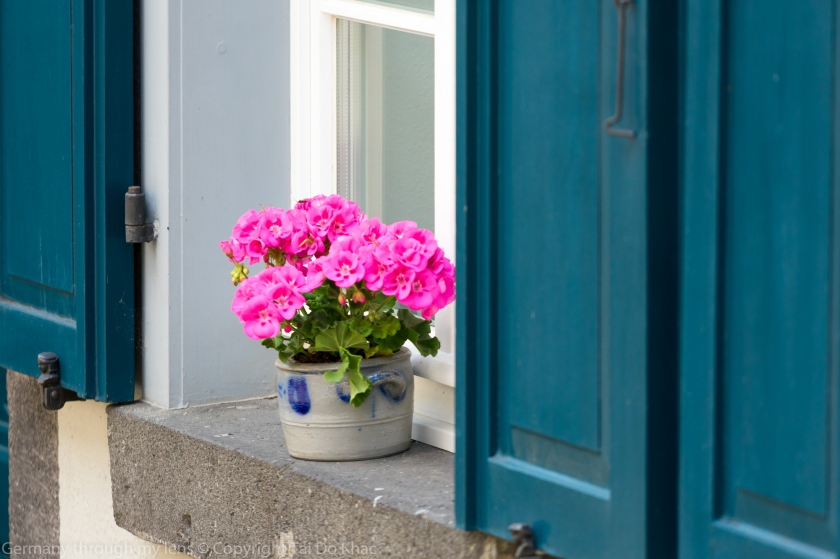
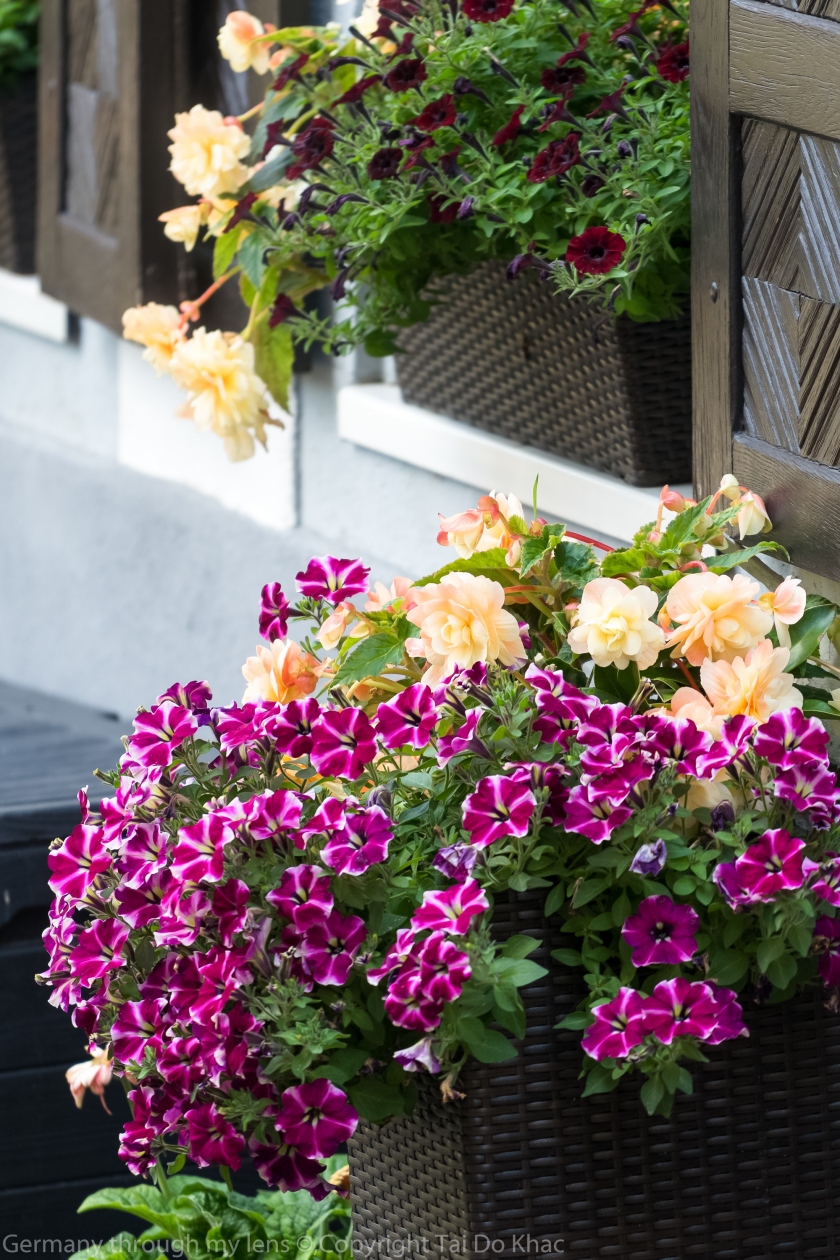

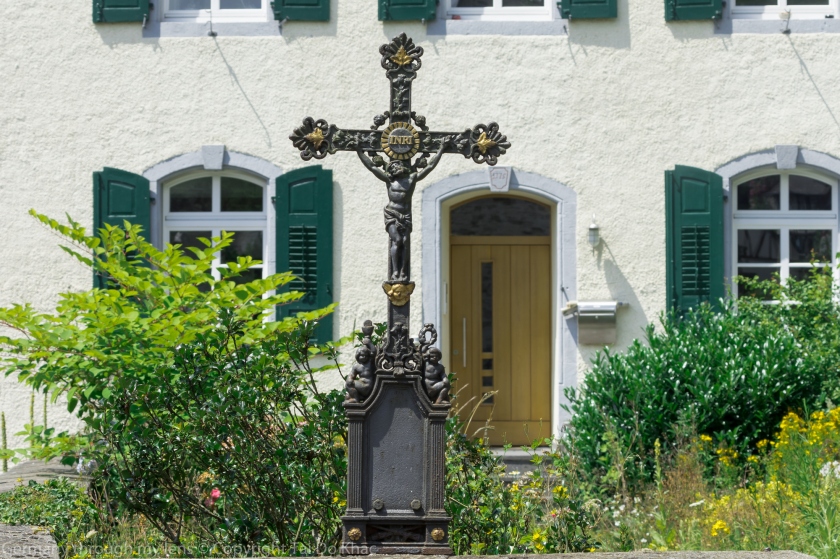
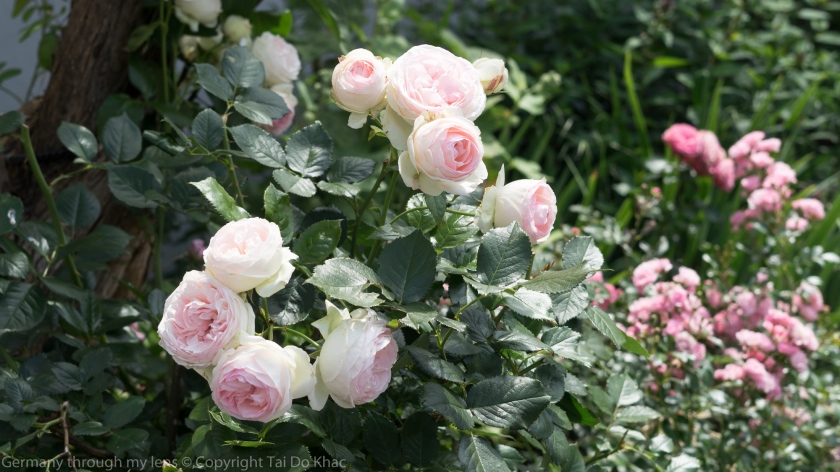
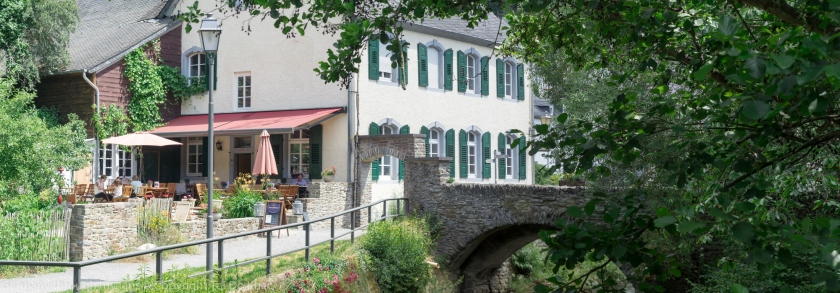
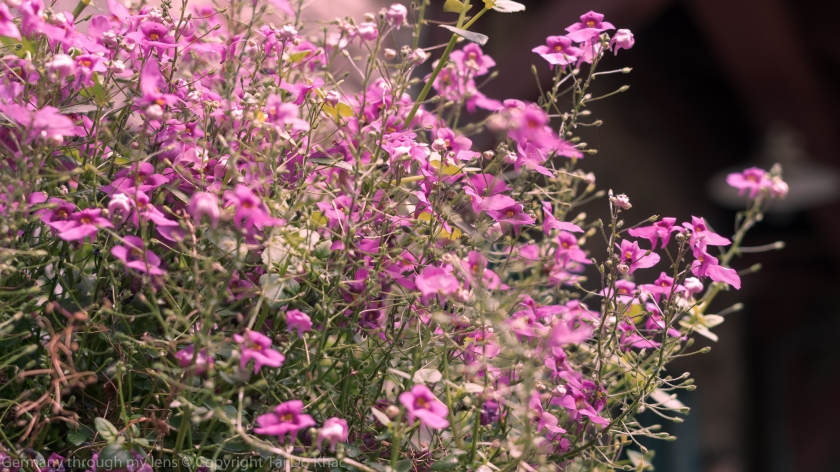
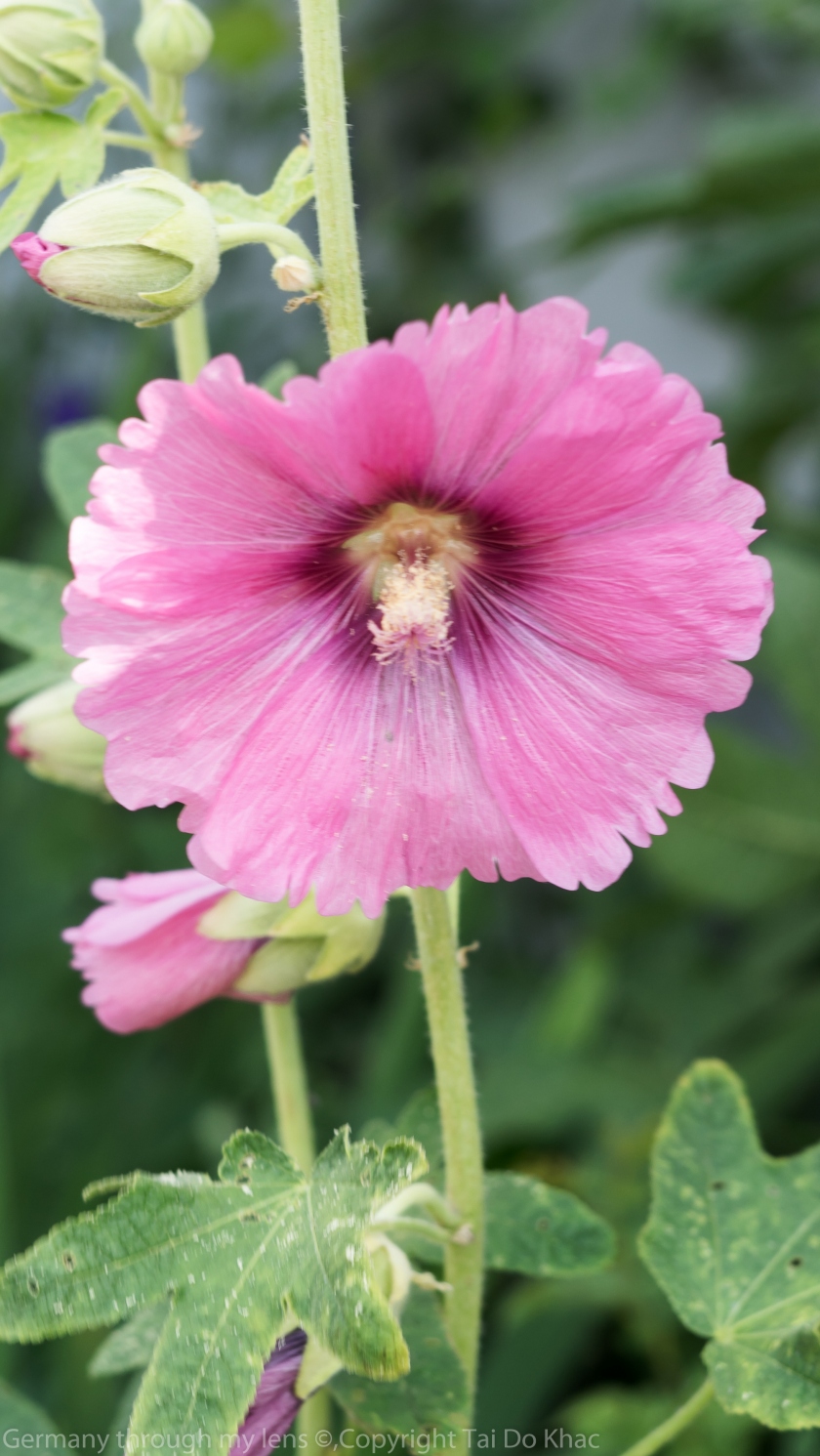
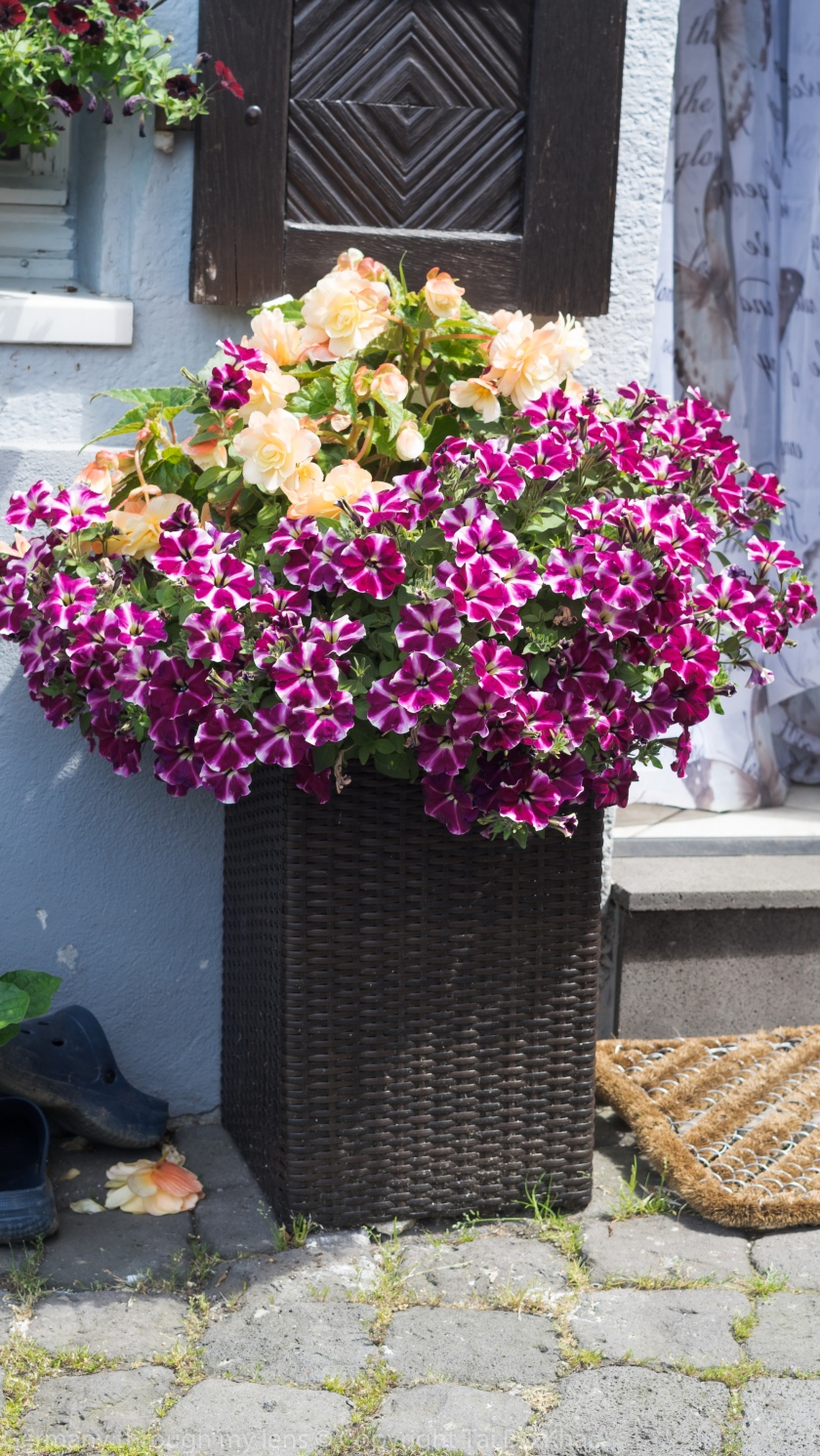
The Camino de Santiago (Latin: Peregrinatio Compostellana, „Pilgrimage of Compostela“), known in English as the Way of Saint James among other names, is a network of pilgrims‘ ways serving pilgrimage to the shrine of the apostle Saint James the Great in the cathedral of Santiago de Compostela in Galicia in northwestern Spain, where tradition has it that the remains of the saint are buried. Many follow its routes as a form of spiritual path or retreat for their spiritual growth. It is also popular with hiking and cycling enthusiasts and organized tour groups.
The French Way (Camino Francés) and the Routes of Northern Spain are the courses which are listed in the World Heritage List by UNESCO.

Đường hành hương Santiago de Compostela còn gọi là Con đường của Thánh Giacôbê, đường Santiago kéo dài từ biên giới với Pháp – Tây Ban Nha đến thành phố Santiago de Compostela. Con đường hành hương có đến 1.800 tòa nhà, nhà thờ, công trình lịch sử, là minh chứng về tôn giáo, sự phát triển của Kitô giáo, đồng thời nó cũng đóng vai trò quan trọng trong việc trao đổi văn hóa tín ngưỡng giữa bán đảo Iberia với các nơi khác ở châu Âu thời Trung cổ.
Năm 1987, con đường đã trở thành con đường hành trình văn hóa của châu Âu, và mỗi năm có hàng ngàn người đã đi bộ, xe đạp để hành hương, tham quan con đường lịch sử này. Di sản thế giới con đường hành hương Santiago de Compostela bao gồm 1.800 công trình thuộc 107 địa điểm là các nhà thờ, lâu đài, tu viện, cầu, cảng biển và nhiều công sự khác.
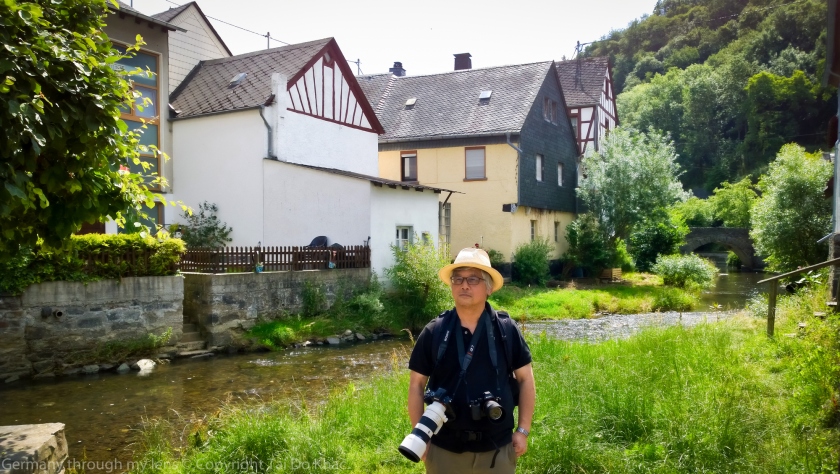
Castles and palaces in Germany through my lens© July 2018
__________________________________________
